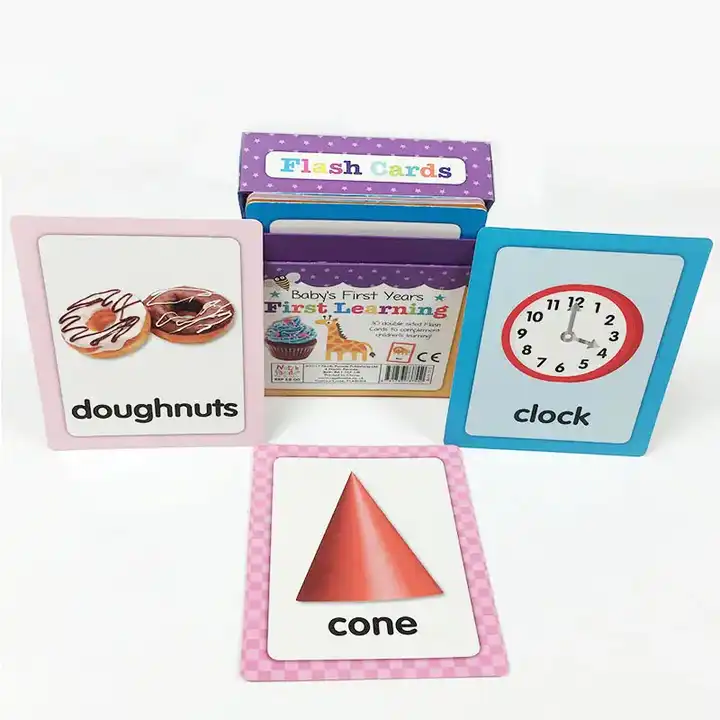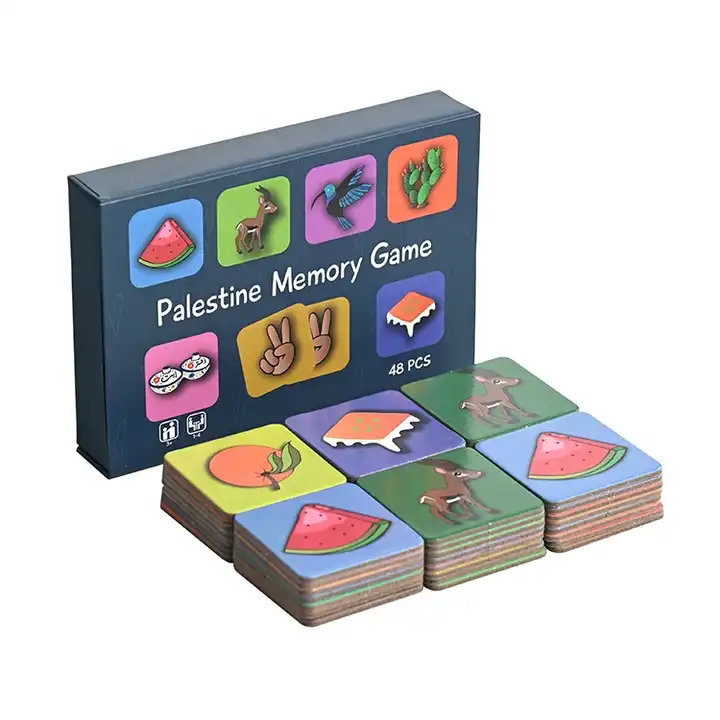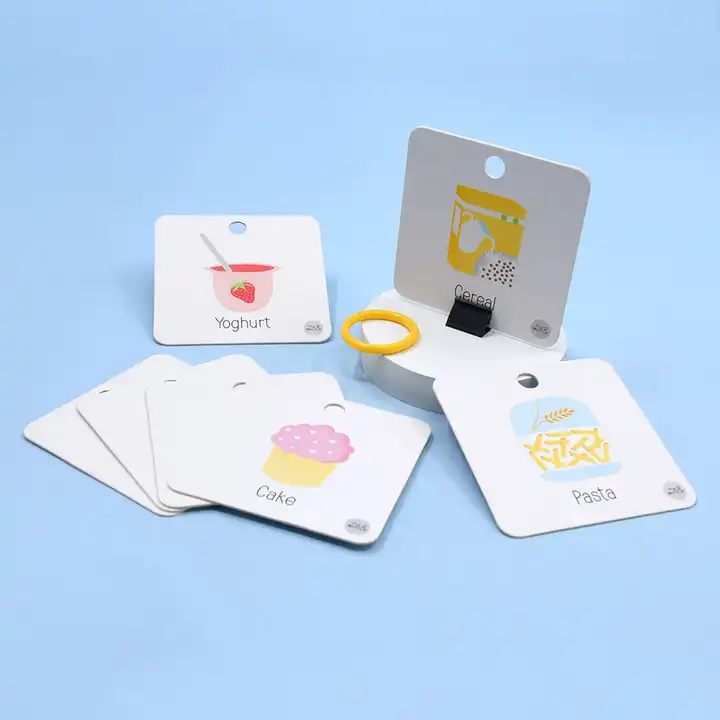Content Menu
● Introduction to Flash Cards
● Why Use Flash Cards?
● Techniques for Using Flash Cards
>> 1. Crafting Effective Flash Cards
>> 2. Implementing Active Recall
>> 3. Mastering the Leitner System
● Customizing Flash Cards for Diverse Subjects
● Digital Flash Cards: The Modern Approach
● Flash Cards in Different Learning Environments
>> 1. Utilizing Flash Cards in the Classroom
>> 2. Incorporating Flash Cards in Personal Study
● Advanced Techniques for Flash Card Usage
● Challenges and Limitations
● Conclusion
● Frequently Asked Questions
>> 1. What are flash cards primarily used for?
>> 2. How can I create highly effective flash cards?
>> 3. What is the Leitner system, and how does it work?
>> 4. Can flash cards be used digitally, and what are the benefits?
>> 5. How can flash cards be effectively used in classroom settings?
>> 6. What are some advanced techniques for using flash cards?
>> 7. What are the limitations of using flash cards?
Flash cards have long been a staple in the educational toolkit, embraced by students and educators alike for their simplicity and effectiveness. They are particularly beneficial for visual and kinaesthetic learners, blending visual cues with interactive activities. This article delves into the advantages of using flash cards, various methods for creating and utilizing them effectively, and how they can be tailored for different subjects and learning environments.
Introduction to Flash Cards
Flash cards are small, portable cards with a question, term, or prompt on one side and the answer, definition, or explanation on the other. They serve as a versatile tool for vocabulary acquisition, concept memorization, and self-testing. Their straightforward nature and portability make them an ideal study aid for learners of all ages and across various disciplines.

Why Use Flash Cards?
1. Visual Learning Enhancement: Flash cards are especially effective for visual learners as they often include images, diagrams, or color-coding that reinforces memory. According to Howard Gardner's theory of multiple intelligences, visual-spatial intelligence is a prominent learning style, making visual aids like flash cards particularly impactful. The use of visuals triggers pattern recognition and recall, helping to consolidate information more effectively.
2. Interactive Engagement: Flash cards promote active recall, a more potent method of learning compared to passive reading or listening. By actively testing themselves with flash cards, learners can promptly identify areas where their knowledge is weak and concentrate their study efforts accordingly. This active engagement fosters deeper understanding and retention.
3. Adaptability and Flexibility: Flash cards are exceptionally versatile and can be used in diverse settings, from traditional classrooms to individual study sessions at home. They are easily adaptable for a wide range of subjects, including languages, sciences, history, mathematics, and more. Their flexibility ensures they can cater to different learning needs and preferences.
4. Spaced Repetition and Retention: Flash cards facilitate the implementation of spaced repetition, a technique where information is reviewed at increasing intervals over time. This method has been proven to enhance long-term retention by reinforcing memory pathways and reducing the likelihood of forgetting.
Techniques for Using Flash Cards
1. Crafting Effective Flash Cards
Creating impactful flash cards involves careful planning and design. Consider these steps:
Identifying Key Concepts: Begin by thoroughly reviewing your notes, textbooks, or learning materials to pinpoint the essential terms, definitions, concepts, and formulas you need to master.
Designing the Cards: On one side of the card, write the term, question, or prompt. On the reverse side, provide the corresponding definition, answer, explanation, or formula. Incorporate images, diagrams, mnemonic devices, or color-coding to boost visual learning and memory.
2. Implementing Active Recall
Active recall is a powerful technique that involves testing yourself by attempting to retrieve information from memory without immediately looking at the answer. Cover the answer side of the card and try to recall the information solely from memory. This method strengthens memory connections and helps you pinpoint areas that require more focused practice.
3. Mastering the Leitner System
The Leitner system, named after German science journalist Sebastian Leitner, is an efficient method for organizing and reviewing flash cards based on your mastery of the material. Cards are categorized into several boxes or piles, reflecting your proficiency. Cards you know well are reviewed less frequently, while cards you struggle with are reviewed more often. This targeted approach optimizes your study time and ensures you concentrate on the areas that need the most attention.

Customizing Flash Cards for Diverse Subjects
Flash cards can be highly customized to suit various learning needs and specific subjects. Consider these examples:
1. Language Learning: For language learners, picture flash cards are invaluable for teaching vocabulary. Pairing words with corresponding images helps associate meaning and context.
2. Science and Math: In science and mathematics, flash cards can feature formulas, equations, scientific terms, or diagrams of biological processes. This helps in quick memorization and recall of critical information.
3. History and Geography: Flash cards can be designed to include historical dates, key events, geographical locations, or maps. Visual aids and concise information help remember historical timelines and spatial relationships.
Digital Flash Cards: The Modern Approach
In addition to traditional physical flash cards, digital flash card apps and software offer a convenient and flexible alternative. These digital tools can be used on computers, tablets, and smartphones, providing accessibility and portability. They often include features like spaced repetition algorithms, progress tracking, and collaborative study options.
Flash Cards in Different Learning Environments
1. Utilizing Flash Cards in the Classroom
In classroom settings, flash cards can be used in various engaging ways:
Group Activities: Organize matching games, quizzes, or group discussions using flash cards to stimulate interaction and collaboration among students.
Vocabulary Introduction: Introduce new vocabulary or concepts using flash cards, making learning more interactive and memorable.
Review Sessions: Use flash cards to conduct quick review sessions before exams or assessments, reinforcing key information.
2. Incorporating Flash Cards in Personal Study
For personal study, flash cards can be a valuable tool for reinforcing notes from lectures, textbooks, or online courses:
Memorization: Use flash cards to memorize essential facts, definitions, formulas, and concepts in subjects like history, science, and mathematics.
Spaced Repetition: Implement a spaced repetition schedule with flash cards to enhance long-term retention and mastery of the material.
Test Preparation: Prepare for exams or assessments by creating flash cards that cover key topics, concepts, and practice questions.

Advanced Techniques for Flash Card Usage
1. Mnemonic Devices: Integrate mnemonic devices or memory aids into your flash cards to create memorable associations. For example, use acronyms, rhymes, or visual imagery to help recall complex information.
2. Contextualization: Provide context for the information on your flash cards by including examples, case studies, or real-world applications. This helps in understanding the relevance and significance of the material.
3. Self-Explanation: Practice self-explanation by verbalizing the information on your flash cards in your own words. This reinforces comprehension and helps you identify any gaps in your understanding.
Challenges and Limitations
While flash cards are highly effective, they also have certain limitations:
Depth of Understanding: Flash cards primarily focus on memorization and recall, which may not always lead to a deep understanding of the subject matter.
Contextual Learning: Flash cards may lack the context and nuances needed to fully grasp complex concepts or real-world applications.
Over-Reliance: Over-reliance on flash cards as the sole study method may hinder the development of critical thinking and problem-solving skills.
Conclusion
Flash cards are a versatile and potent tool for enhancing learning outcomes. By incorporating images, employing active recall techniques, and customizing cards for different subjects and learning environments, students can significantly improve their study efficiency and knowledge retention. Whether used in traditional classrooms or for individual study, flash cards provide a practical and engaging method for mastering a wide range of subjects.
Frequently Asked Questions
1. What are flash cards primarily used for?
Flash cards are primarily used for memorization, vocabulary building, and self-testing. They are effective for reinforcing concepts and identifying weak spots in knowledge.
2. How can I create highly effective flash cards?
To create highly effective flash cards, identify key concepts, use clear and concise language, incorporate images or diagrams, and tailor them to your learning style.
3. What is the Leitner system, and how does it work?
The Leitner system is a method for organizing flash cards based on how well you know the information. It helps prioritize review of difficult concepts by categorizing cards into different boxes or piles.
4. Can flash cards be used digitally, and what are the benefits?
Yes, flash cards can be used digitally on computers, tablets, and smartphones. The benefits include portability, accessibility, and features like spaced repetition algorithms.
5. How can flash cards be effectively used in classroom settings?
In classrooms, flash cards can be used for group activities like matching games, quizzes, and review sessions. They are also effective for introducing new vocabulary or concepts.
6. What are some advanced techniques for using flash cards?
Advanced techniques include incorporating mnemonic devices, providing context for the information, and practicing self-explanation.
7. What are the limitations of using flash cards?
Limitations include a focus on memorization rather than deep understanding, potential lack of context, and the risk of over-reliance on flash cards as the sole study method.
































